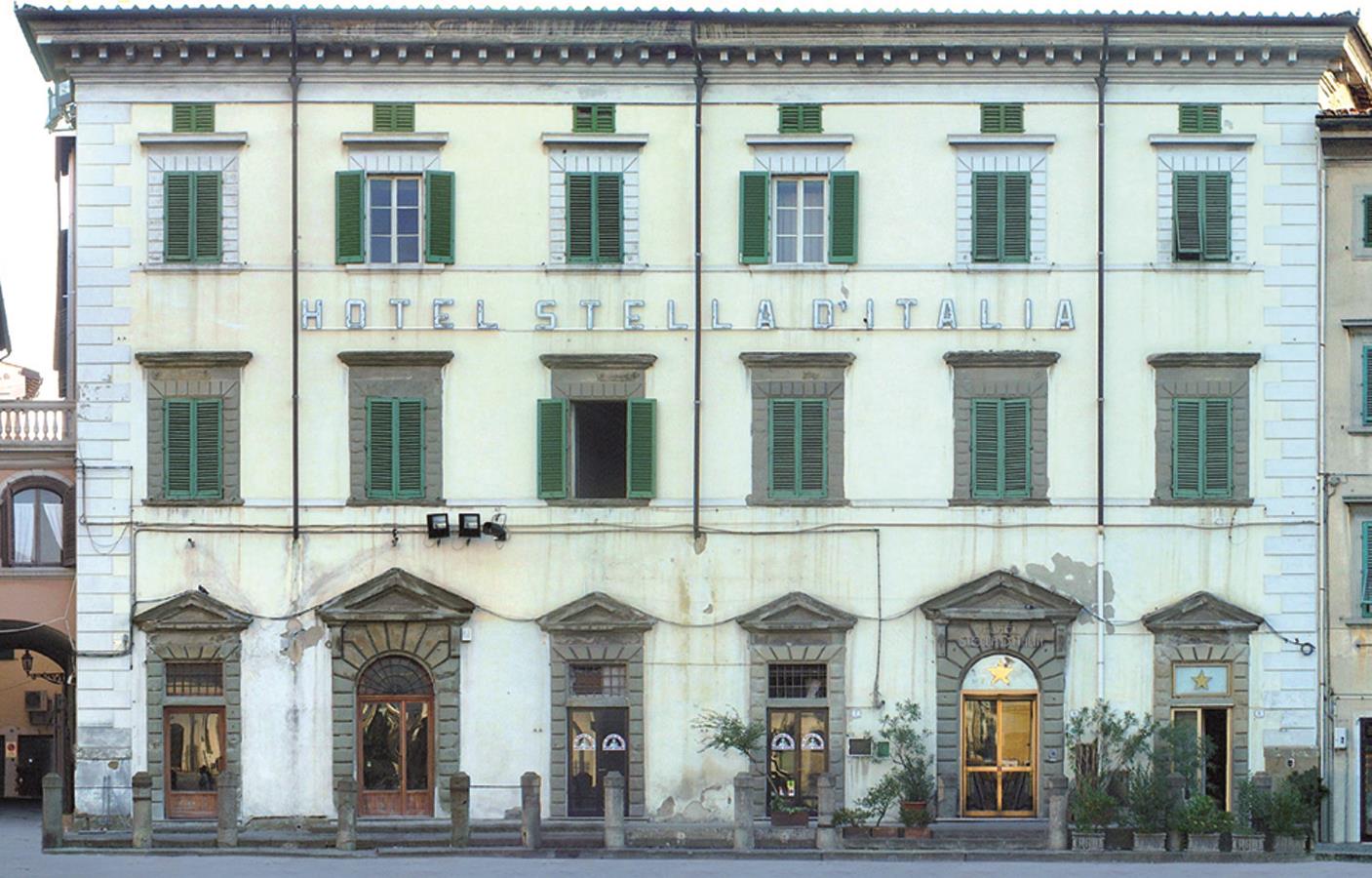There is little and fragmented information to be had of Palazzo Vestri in Piazza del Duomo, once the hotel “Star of Italy”. Almost nothing is known of the period before the nineteenth century, but there is some information for the period following. The current configuration of the palace dates from the years 1820 -1830 when existing buildings that overlooked the square and ran along the side alley were renovated and made into one. The complex incorporates buildings from the seventeenth to the nineteenth century and gains interest owing to the obvious pre-existing renaissance and medieval constructions.
Floors and vaulted ceilings of periods between ‘700 and ‘900 were brought to light on the upper stories after the removal of various false ceilings. This clearly demonstrates the different phases that have characterized the progress of the building through the centuries. Of particular note are wooden floors of the ‘700, a vaulted ceiling with a wooden structure painted in the neoclassical style with an Allegory of Abundance, and an area of small vaults in brickwork decorated with the lily of Prato characteristic of the fashion in the late 1800s. The loggia located at roof level is of typically of nineteenth-century origin. The neo-sixteenth century design of the façade is attributed to Giuseppe Valentini of Prato. The large reception room and adjacent rooms were decorated by Guido Dolci.
RESTORATION OF ARCHITECTURAL SURFACES
The choices made for the preservation and restoration of the different architectural areas are in line with current conceptual developments in the field of restoration work today. The interventions of cleaning and conservation of matter, reintegrating lacunae and removal of incongruous additions were all conducted by expert restorers following the principles and criterias of critical-conservative restoration today, with full respect to the values of antiquity and authenticity.
Work was carried out on the basis of “conservation of the patina” as a positive sign of the elapse of time. Preconceived attitudes of innovation and also backward looking theories were avoided. The method of operation to be adopted was agreed with officials of the superintendence in charge of protection of architectural structures.
Gallery


